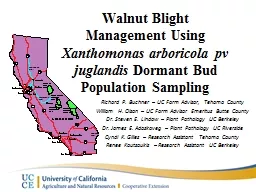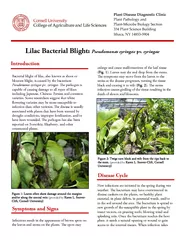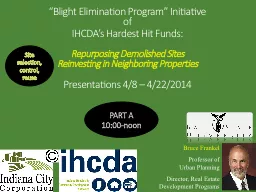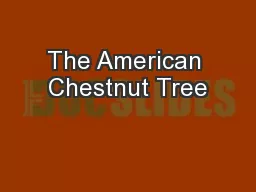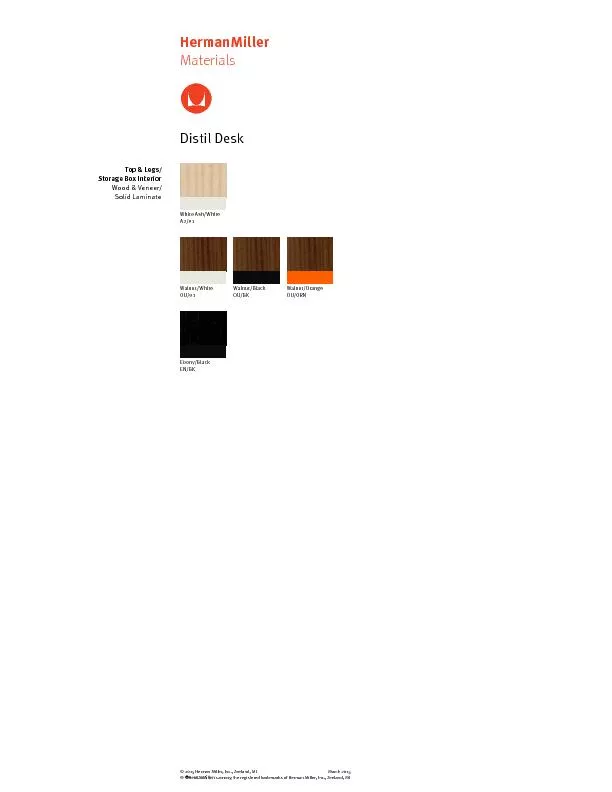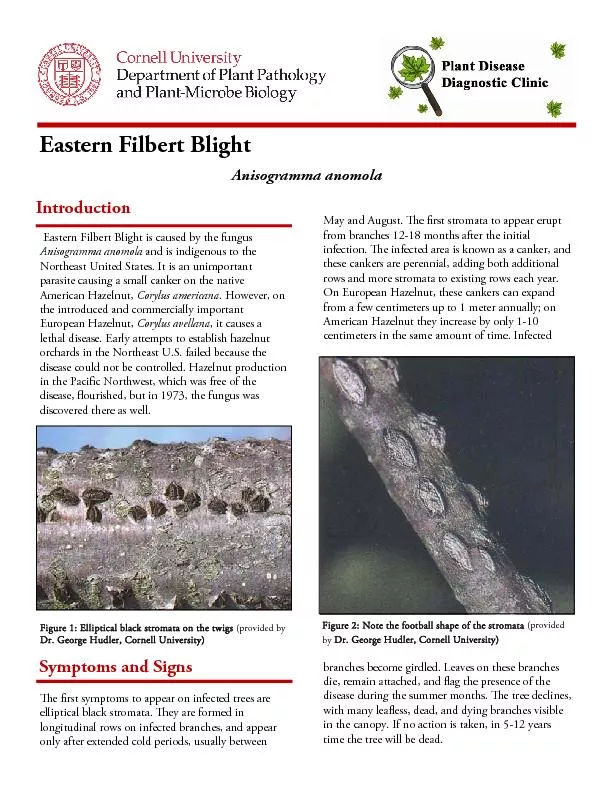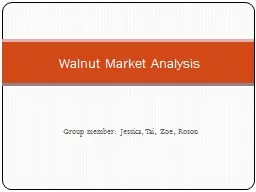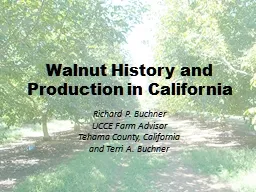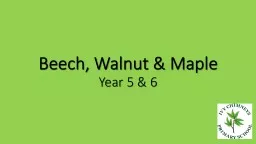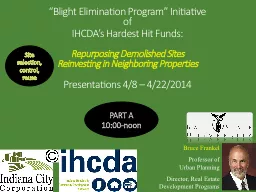PPT-Walnut Blight
Author : test | Published Date : 2016-09-03
Management Using Xanthomonas arboricola pv juglandis Dormant Bud Population Sampling Richard P Buchner UC Farm Advisor Tehama County William H Olson UC Farm
Presentation Embed Code
Download Presentation
Download Presentation The PPT/PDF document "Walnut Blight" is the property of its rightful owner. Permission is granted to download and print the materials on this website for personal, non-commercial use only, and to display it on your personal computer provided you do not modify the materials and that you retain all copyright notices contained in the materials. By downloading content from our website, you accept the terms of this agreement.
Walnut Blight: Transcript
Download Rules Of Document
"Walnut Blight"The content belongs to its owner. You may download and print it for personal use, without modification, and keep all copyright notices. By downloading, you agree to these terms.
Related Documents

